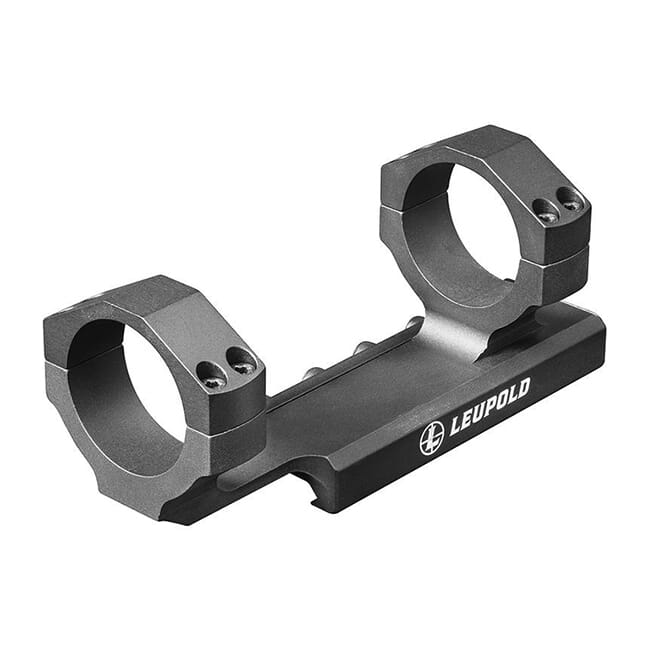Warning, this is going to get a bit techy...
There are multiple camps and all have different thoughts and ideas, I'm going to focus on two camps here:
Camp 1: Doesn't matter what ring/mount you use, just properly torque and you should be good to go...
Camp 2: You ever had zero shift? Have you blamed it on your scope? Sent the scope back to the manufacturer and they either say they fixed it or tell you it's within spec? Maybe it's time to stope blaming your scope and start looking at your rings/mount. I get it, when it comes to field gear that we have to haul around for hours at a time we typically look for "lighter"; however, there can be some tradeoff to those "lighter" mounts as you mention above and I know a few who treat their gear harshly who've mentioned going to "beefier" mounts has helped solve the zero shift problem. There's even a thread about greasing your rails to improve zero shift and for the most part my thought is... can't hurt.
I have not spent a lot of time testing different mounts and their ability to hold the scope properly in harsh conditions, mostly because there are so many variables at play that I do not think it is fair to the scope or the ring/mount manufacturers (or for that matter to the mfr of the picatinny rail). But what I just mentioned are a minimum of 3 points of failure - picatinny, mount, scope, but then there are other points of failure: what about ring screws and torque (proper torque), what about mount/ring location on the scope, what about base screw torque (proper torque). This is why I have an issue with the tomfoolery over at RokSlide with all their drop tests, I think there are too many variables going on to make decisive apples to apples comparisons which I think can be unfair to various scopes, makes for an interesting conversation for sure, but I don't put much weight into their results and neither should you.
What trigger monkey mentions above regarding "a good track record" is probably the best route to go. If you want to take a chance on another brand or a brand new release nothing wrong with that, but be aware of some of the risks involved.



